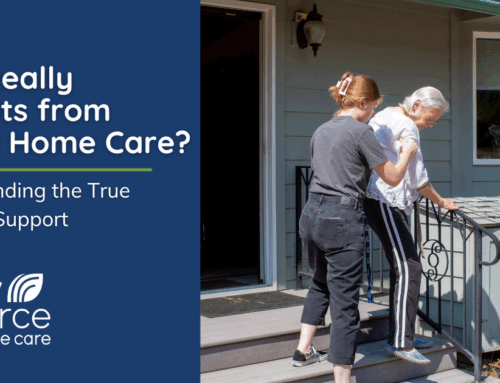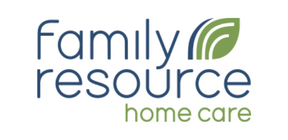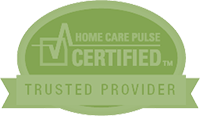This year has been a remarkable year for Family Resource Home Care in so many ways. Inside our agency, we completed a huge information technology project. Not only did we implement a state-of-the-art integrated database system to help keep track of all our clients, care services staff and the thousands of shifts we schedule each month we also upgraded our entire computer network. We hired wonderful caregivers and office staff. As one shining example, in September we were thrilled to learn that our own Lito Gimenez was named Caregiver of the Year by the National Private Duty Association (NPDA). Lito and Family Resource Vice-President Sheila McKannay went to the NPDA Annual Convention in Orlando, FL where he was honored by all in attendance.
It was a remarkable year too for regulatory and benefit changes. Initiative 1163, the caregiver training and certification initiative approved by the voters of Washington State in 2010, went into effect this January. Family Resource implemented a sick leave policy for all caregivers and senior helpers this September. Following the November election, there is now certainty that the Affordable Care Act (ACA) will go into full effect in 2014. The ACA will mean big changes for senior home care agencies such as Family Resource and we have started planning for those changes already.
As I enter my third year as President of the Washington Private Duty Association, I also see remarkable changes for home health care across the state. The number of new in-home service agencies in Washington (including home care, home health, and hospice) has gone from 300 in early 2011 to over 420. Home care agencies in general have better hiring practices, accounting systems, training, supervision, and overall management than was common in home care when I started Family Resource in 1996. They’re also working closer with home health, hospice, residential and medical care facilities to provide a more coordinated continuum of care. That’s a good thing, as the number of seniors in Washington State is predicted to rise from the current 14% to over 20% by 2020.
Home health care has grown up and is ready.






